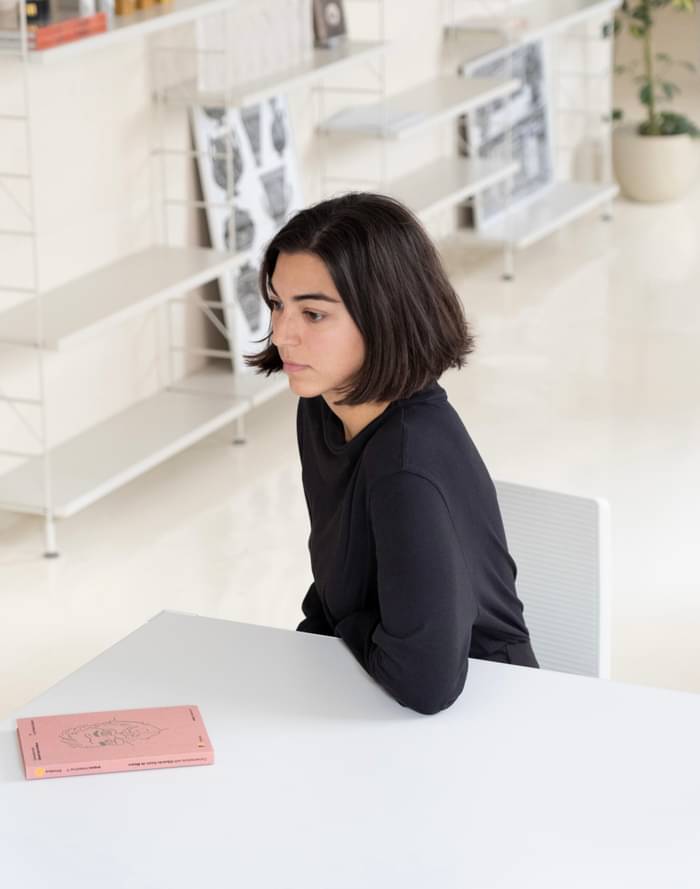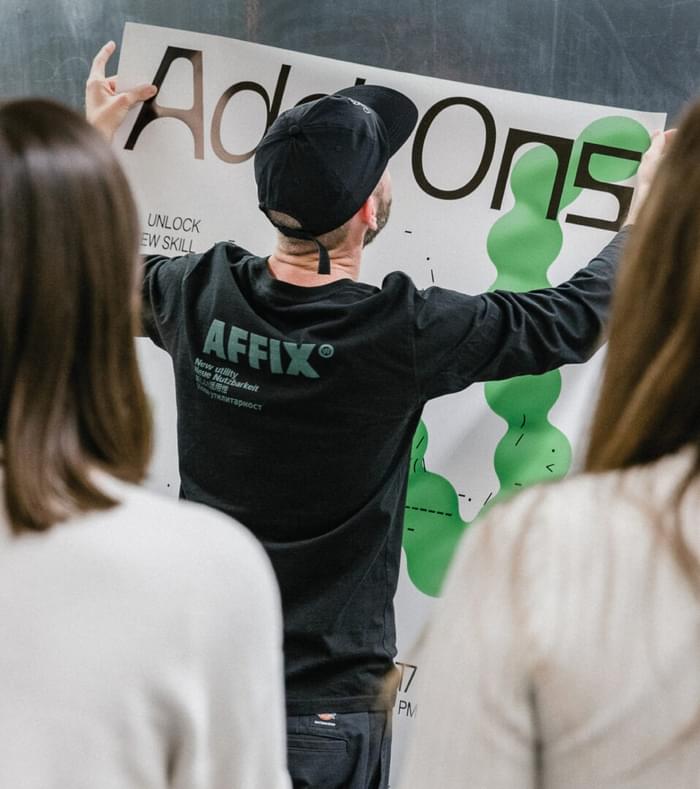
WIP How does working academically and professionally at the same time influence your practice? And how does one field affect the other?
PLN So this has changed quite a lot and keeps changing from year to year. The Master Beyond Branding has been happening for three years now. We started the first edition with only six students in Barcelona. At that time, I was fully involved with other projects here at the studio as a strategist, combining both roles. I’ve focused more on evolving our ties with Elisava, which is a university that we all love because nearly the entire studio has studied there. I’d say that for now, balancing the role at Elisava with my role at Folch as head of education is very enriching because I get to know everything that is happening everywhere. At this moment, we’re actually opening Beyond, and it’s more like the research track of Folch. So it’s going to be something that will unify the projects we do at Folch and at the Master Beyond Branding.

